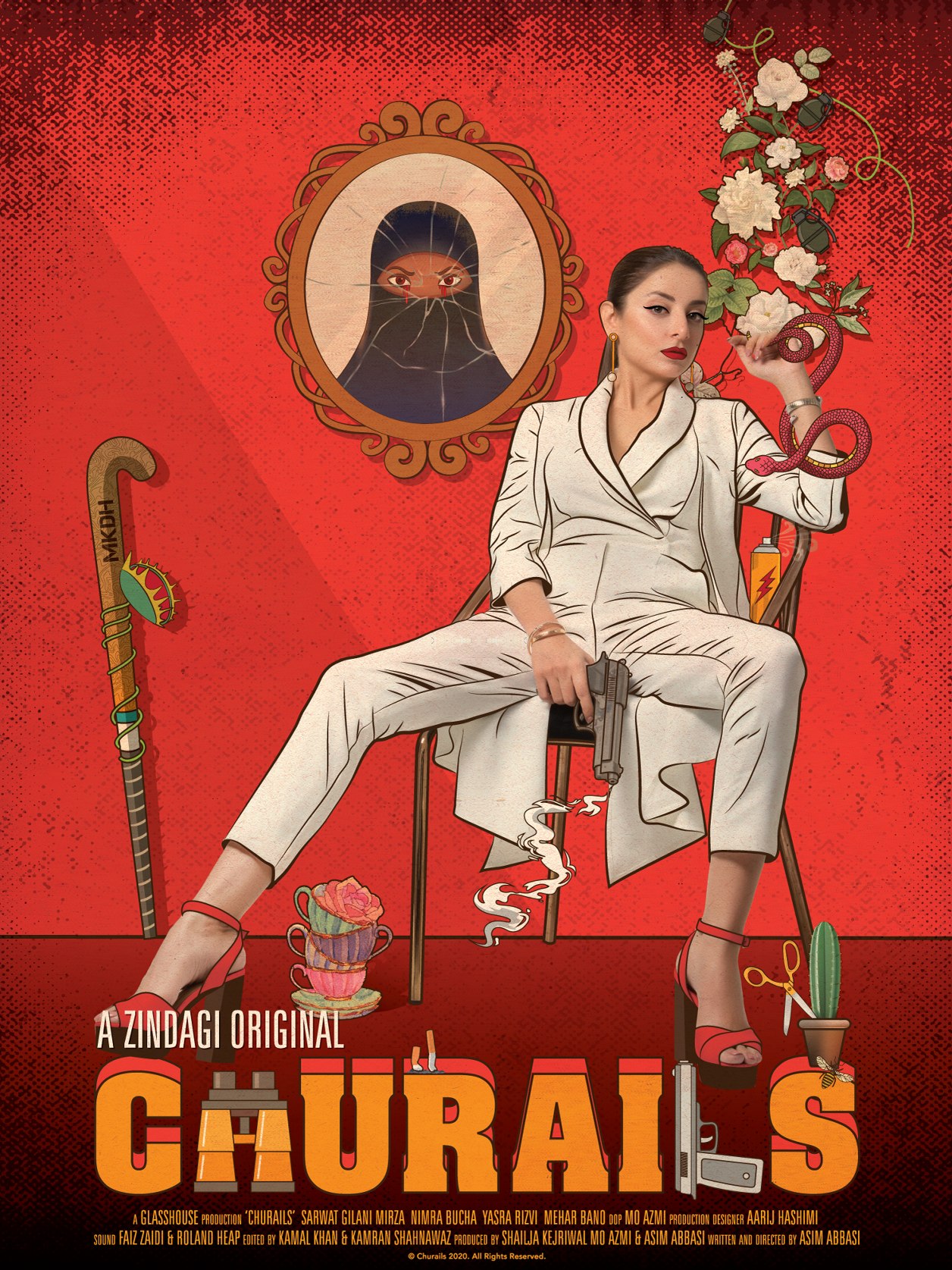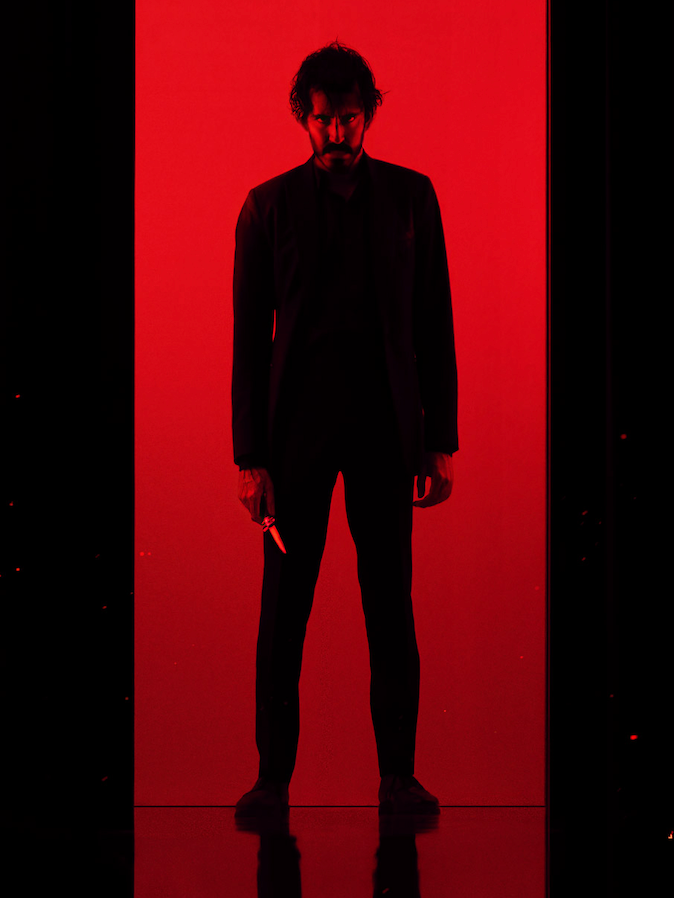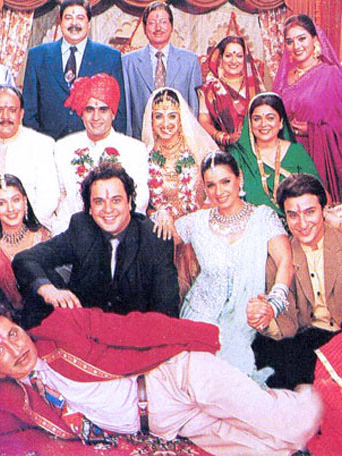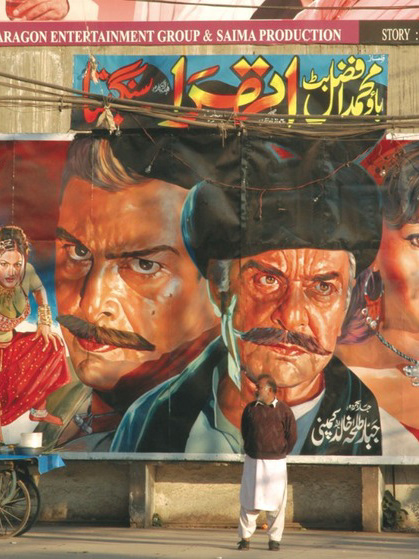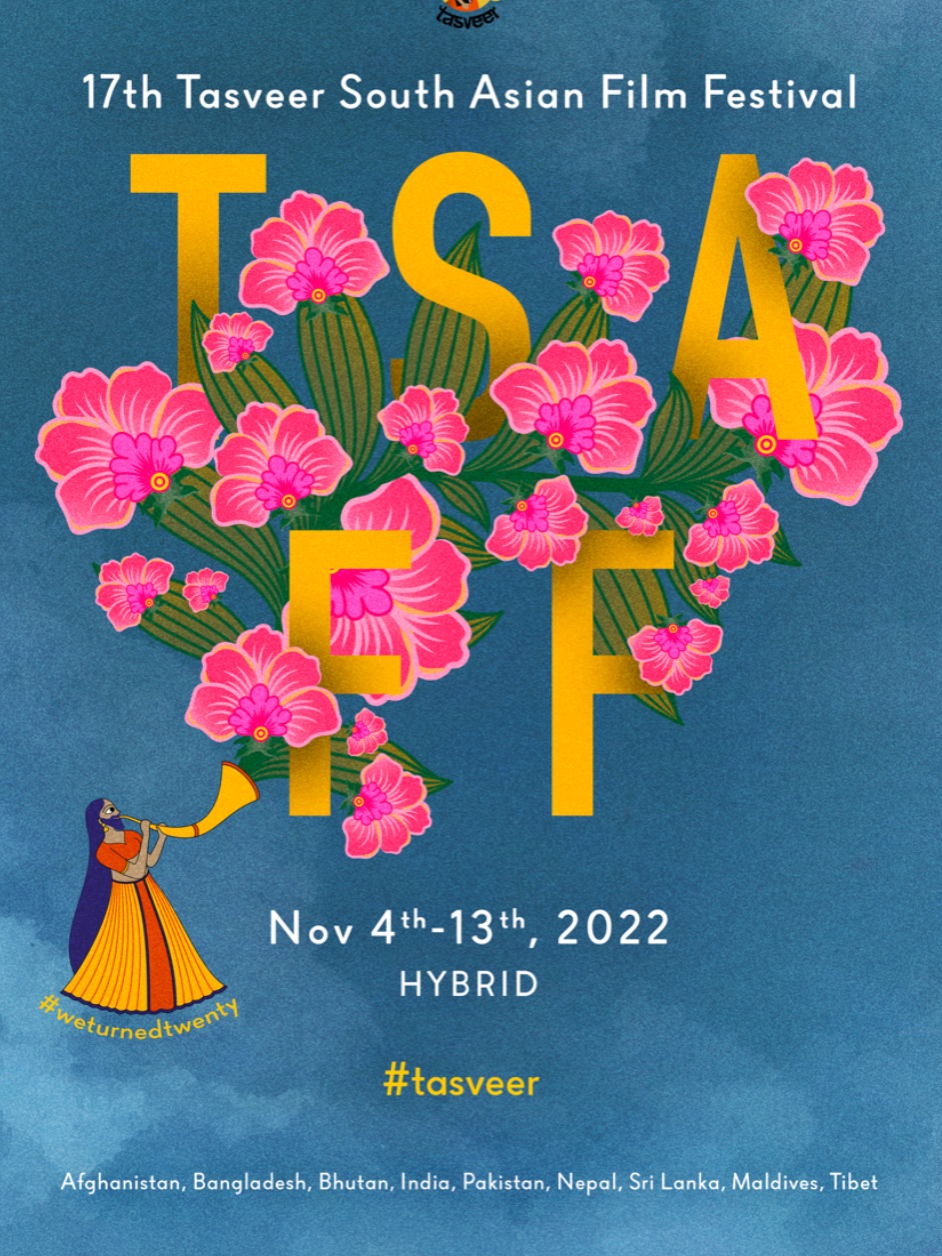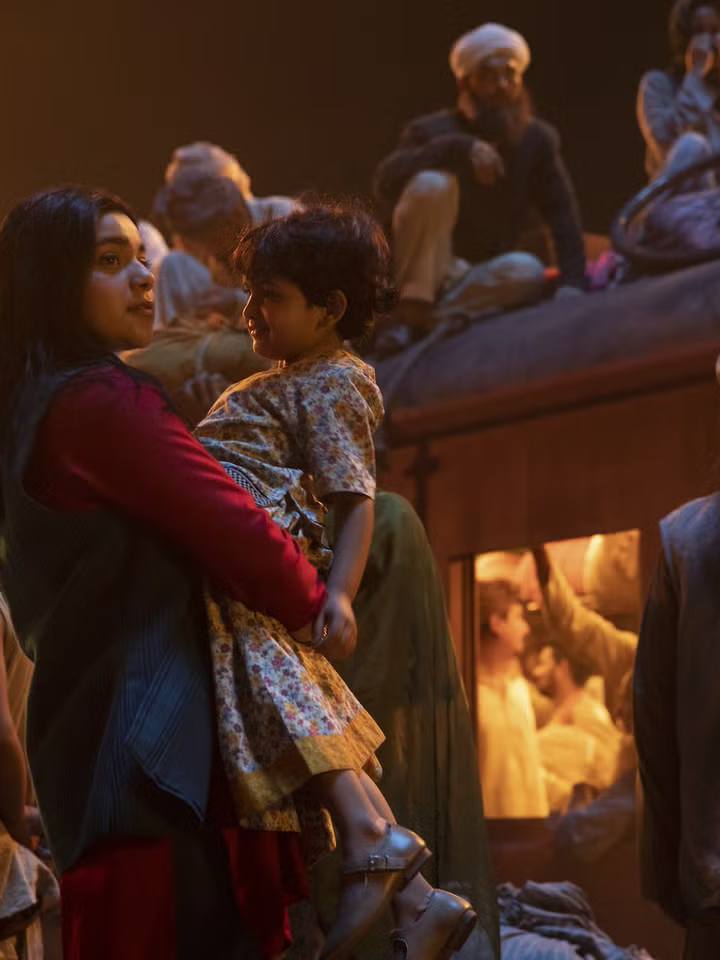Persepolis is an autobiographical graphic novel series revolving around Marjane Satrapi’s life from her childhood to her older years (Satrapi, 2003, 2004). In this paper, I will be analyzing particular visual patterns within the two graphic novels, Persepolis One and Two, but in order to do so, the story’s framework between both novels needs to be laid out (Satrapi, 2003, 2004). A young woman, Marjane, navigates her perspective during the Islamic Revolution in Iran from the help of her family (Satrapi, 2003). At a young age, her perception of things is consistently altered from authoritative influences such as her parents, teachers, government (Satrapi, 2003). Marjane's parents send her off to Austria to study, for her safety and growth (Satrapi, 2003). After trying to navigate her independence in Austria she goes through different phases of her appearance, love life, and even her residence (Satrapi, 2004). Eventually after a breakup, Marjane completely unravels, ends up in a hospital, and moves back to Tehran, Iran (Satrapi, 2004). After going through some lulls in her life, she finishes her education, and gets married (Satrapi, 2004). After a short period of time, Marjane and her husband gets divorced, and Marjane decides to move to Paris some time later (Satrapi, 2004). Marjane's grandmother passed away shortly after she left for Paris (Satrapi, 2004). Considering that this is a graphic novel, Satrapi’s illustrations convey more of the storyline to the reader, than the text on each illustration does (Satrapi, 2003, 2004). Throughout the novel, the pattern of solo drawings of Marjane have a direct correlation with her self-identity throughout both graphic novels. While the solo drawings convey Marjane’s conflicting personas, and monumental phases, large group drawings convey when Marjane’s life is stagnant in this journey of self-discovery.
Persepolis One revolves around Marjane’s experience of growing up in Iran in times of war, a religious regime, and political corruption (Satrapi, 2003). In this way, Marjane is on a journey to define who she is, and along the way she continuously faces obstacles in discovering herself through western and religious ideals that have been projected onto her (Satrapi, 2003). Throughout the first novel, there is a pattern of Marjane’s confusion, regarding these influences, being articulated through solo drawings of herself (Satrapi, 2003). This one illustration in particular not only articulates issues of self-identity with her appearance, but with her beliefs as well (Satrapi, 2003).
This solo drawing singles out Marjane in order to focus on one of her internal dilemmas: juggling Iran’s religious influences with her parents’ more modern and Western upbringing (Satrapi, 2003). Likewise, this illustration literally shows Marjane’s metaphorical split personality due to the conflicting influences of Iran’s ideologies versus her parents’ ideologies (Satrapi, 2003). This next illustration from Persepolis One is when Marjane’s parents come back to Iran from Istanbul, with items they have smuggled into the country. (Satrapi, 2003).
In this illustration we see the confusing convergence of Marjane’s two conflicting ideologies (Satrapi, 2003). Additionally, what makes this image stand out so much is that throughout the novel we have seen, through illustrations, that majority of the women in Iran veil and wear a solid color from head to toe (Satrapi, 2003). By expressing herself and wearing a jean jacket, Nikes and a Michael Jackson pin, while wearing a veil, Marjane is showing her internal conflict through the lens of her appearance (Satrapi, 2003). Marjane has dealt with these conflicting ideologies by trying to form a singular identity that incorporates both her modern upbringing and her country’s religious laws (Satrapi, 2003). Both these illustrations are key examples in how Marjane has dealt with these conflicting ideologies throughout the course of the novel, and how these ideologies’ inability to coexist ultimately leads to more of her self-identity journey in the second novel as well (Satrapi, 2003).
Persepolis Two differs from Persepolis One in the sense that it is a nuanced coming-of-age novel of Marjane’s journey from youth to adulthood (Satrapi, 2004). Coincidentally, after moving to Austria by herself, Marjane has a phase of trial and errors in her love life, residence, aspirations, and social circle (Satrapi, 2004). The beginning of this ‘trial and error’ phase within her life start with her change in appearance, and this change is shown progressively through Satrapi’s use of solo drawings (Satrapi, 2004).
This particular set of solo drawings are placed in the novel right after Marjane undergoes major changes in her body and facial structure as a result of puberty (Satrapi, 2004). After these changes, Marjane is so puzzled with her newfound appearance that she goes through a literal series of trial and errors with her hair and accessories, as shown in this set of illustrations (Satrapi, 2004). Therefore, this set of solo drawings help convey Marjane’s emotions due to their exclusivity of each image. The solo drawings ensure that readers can see Marjane’s facial expressions and therefore, her emotions in each stage of this process – how she looks confused, unhappy, and sad throughout the various stages of changing her appearance. Additionally, the fact that there are multiple solo drawings in a row, intensifies her process of changing her appearance by providing the readers with context towards how she reached her final look.
After experimenting with several aspects of her life and continuously failing, Marjane decides to go back home to Iran (Satrapi, 2004). Coincidentally, the following illustration is when Marjane puts her veil on right before she travels back to Iran (Satrapi, 2004). This is the first time Marjane has put a veil on in years; the last time she had a veil on was when she first came to Austria from Iran (Satrapi, 2004).
This one illustration is extremely powerful, not only because it is a solo drawing of Marjane, but also because it shows Marjane’s expression to herself as she stares at herself in the mirror. Likewise, this solo drawing helps to articulate the low point Marjane is at in her life after failing in self-discovery in Austria, and leaving to go back to Iran. This one drawing helps to express how disappointed Marjane is in herself by showing exhaustion from the bags under her eyes, and the action of her literally looking at herself disappointed that she has come full circle in her journey without much happiness achieved (Satrapi, 2004). These sets of solo drawings of Marjane from Persepolis Two help convey Marjane’s trials and tribulations during this pivotal phase in her life (Satrapi, 2004).
Solo drawings have a strong impact on the audience’s perception of the protagonist, in comparison to Satrapi’s illustrations of large groups (Satrapi, 2003, 2004). These large group illustrations visually and metaphorically symbolize stages of Marjane’s life in which she is unsure of her identity, and therefore masks her identity behind others (Satrapi, 2003, 2004). When Marjane is hidden in these large groups, these illustrations say a lot about the conflicting dominant ideologies reflected clearly in the first novel (Satrapi, 2003, 2004). For example, the main portrayal of the veil throughout both these novels is that it was a symbol of oppression for Marjane (Zeiny, Yusof, & Mahmoodi, 2013). However, there is no alternative view of the veil beyond the protagonist’s interest towards westernization, which in Iran was considered to be rebellious (Zeiny, Yusof, & Mahmoodi, 2013). The following illustrations are taken from Persepolis One and Two, and convey polar opposite phases of Marjane’s life (Satrapi, 2003, 2004).
The illustration on the left is from Persepolis One and is from a time in Marjane’s life where the practices of Iran’s religious regime were enforced in her educational practices as well (Satrapi, 2003). The illustration on the right is from Persepolis Two and is of Marjane and her ‘punk’ friends during her time in Austria (Satrapi, 2004). Although these illustrations appear to be polar opposites, they have some aspects in common. Both of these illustrations make Marjane almost impossible to recognize and find in a group and both of these take up an entire page in their respective novels (Satrapi, 2003, 2004). One conveys religious ideals and another conveys western ideals, however both articulate Marjane’s common pattern of blending into the crowd due to her confusion with her identity (Satrapi, 2003, 2004). While solo drawings in both these novels show Marjane’s changes and developments, group illustrations do the opposite, and articulate when Marjane’s journey towards self-discovery is at a standstill. Ultimately, these group illustrations differ from the solo drawings in the sense that they do not present Marjane’s internal conflicting views. The reader cannot see Marjane’s thought process about dressing punk or dressing in the veil in group illustrations. In this way, these group drawings successfully show the point in Marjane’s life when, rather than trying to figure out who she is, she would rather assimilate and disappear into a crowd.
The solo-drawings throughout both novels not only show Marjane’s journey with her self-identity, but with her self-acceptance as well (Satrapi, 2003, 2004). As shown through the examples, as time passes throughout the course of both the novels, Marjane’s development as a character (clothes, hair, expressions, emotional stability, actions) has been showcased through the placement and use of solo drawings. Ultimately, these illustrations symbolize Marjane’s transition to each monumental phase within her life and help the readers better understand and resonate with her emotions.
References
Satrapi, M. (2003). Perspolis. 1: Story of a childhood. Pantheon.
Satrapi, M. (2004). Persepolis. 2: The story of a return. Pantheon Books.
Zeiny, E., Md Yusof, N., & Mahmoodi, K. (2013). Bearers of Culture: Images of Veiling in Marjane Satrapi’s Persepolis. 3L: The Southeast Asian Journal of English Language Studies –, 19, 65–74.
